A Dangerously Dispassionate Look At The EV Market
One of the toughest challenges facing industry analysts right now involves determining what the market for electric vehicles actually looks like, what kind of volumes it will support and for how long. It’s a problem that I’ve hashed over at length with an old college buddy who now works at a cleantech investment firm, and let me be the first to say that it’s not an easy problem to pick apart. The number of unknown quantities and moving parts explains why opinions among money managers can vary so wildly even about relatively marginal firms like Tesla.
Luckily, Thilo Koslowski of Gartner Research [and celebrated coiner of the term “the trough of disappointment”] has dedicated himself more thoroughly to the problem, and has some startling findings to report. For example, despite the relentless pro-EV hype present in all levels of the media, Koslowski’s research shows that more consumers are actually considering buying a natural gas-powered vehicle. Looks like Edmunds’ Jeremy Anwyl was on to something when he called for an end to EV tax credits in favor of greater support for natural gas cars.
But even those raw consideration numbers don’t tell the whole story. Koslowski notes
EVs primarily face a market adoption problem, not an infrastructure challenge, to move from early adopters to mainstream buyers. The ideal EV does not exist yet in today’s automotive market and will likely require another technology generation before it arrives. Consumer sentiment regarding EVs is still positive, but is beginning to show areas of concerns for automotive manufacturers when compared to 2010. EVs must provide better cost-value ratios and convince consumers that no significant behavioral changes are needed before becoming a large-scale, consumer alternative for traditional internal-combustion engine (ICE) and hybrid powertrain technologies.
This is sobering news for even the “end-to-end” EV business model, as championed by Project Better Place. The infrastructure-based approach to EV marketing may help eliminate range and depreciation issues (which addresses the behavioral change issue), but the cost-value ratio that Koslowski highlights is still an issue for concern, thanks to high upfront costs. Not that Koslowski writes off infrastructure completely, saying
Infrastructure and service providers are likely the primary beneficiaries of the current EV evolution. Utility companies, in particular, have the opportunity to play a more dominant role in the emerging e-mobility future, because U.S. consumers prefer to have their utilities address their potential EV infrastructure needs.
But the research shows, the nascent EV market is extremely price sensitive. Though 21 percent of consumers say they are considering an EV (more than are considering a new diesel car), Koslowski’s data shows that
nearly one-third of U.S. drivers interested in EVs are not willing to pay a premium price for an electric car, and only 5 percent are willing to pay $10,000 more.
You hearing this Chrysler? As a result of this study,
Gartner maintains its 2009 prediction that in industrialized automotive markets, the number of battery-powered vehicles (plug-in full-electric and plug-in hybrid EVs) as a percentage of all vehicles sold using various types of propulsion technologies will range from 5 percent to 8 percent of all vehicle sales by 2020, and from 15 percent to 20 percent of all vehicle sales by 2030.
Which leads back to the lesson that we seem to be learning over and over again, namely that, a Koslowski puts it
EVs will become one of the design elements in addressing our future transportation needs. Future mobility concepts will consist of diverse powertrain choices and business models that will leverage technology to satisfy consumers’ transportation needs while challenging traditional car ownership
Also,
Governments will need to increase funding of consumer purchase programs in order to achieve substantial EV sales in the short term. If the goal is to reduce dependency on oil and address environmental issues, then governments must broaden their policies and funding to include other powertrain technologies that offer reduced energy consumption or consider encouraging the use of public transportation and alternative mobility solutions, such as car sharing.
In short, EVs are not a silver bullet. Koslowski seems to imply (though doesn’t explicitly say) that government investments in infrastructure could help in the long term, but he definitely seems to think Vs will need consumer-end subsidies in the short term. And this need for subsidies coming and going makes alternatives like hybrids and natural gas vehicles (not to mention public transportation and car sharing) more attractive.
More by Edward Niedermeyer
Latest Car Reviews
Read moreLatest Product Reviews
Read moreRecent Comments
- TheEndlessEnigma Hybrids and PHEVs make sense, EV's do not.
- Ajla My understanding is that the 5 and 7-Series cater almost exclusively to the Chinese market and they sell them here just so they don't look weak against Mercedes and Audi.
- EBFlex Interesting. We are told there is insatiable demand for EVs yet here is another major manufacturer pivoting away from EV manufacturing and going to hybrid. Did these manufacturers finally realize that the government lied to them and that consumers really don’t want EVs?
- Kwik_Shift_Pro4X What's worse than a Malibu?
- MaintenanceCosts The current Malibu is poorly packaged; there's far more room inside a Camry or Accord, even though the exterior footprint is similar. It doesn't have any standout attributes to balance out the poor packaging. I won't miss it. But it is regrettable that none of our US-based carmakers will be selling an ordinary sedan in their home market.


















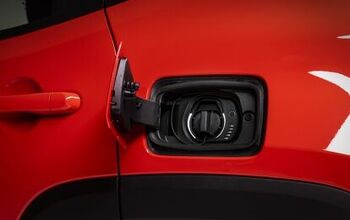

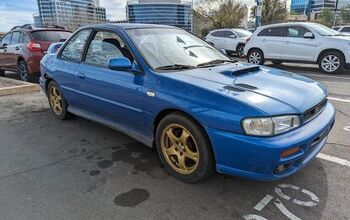
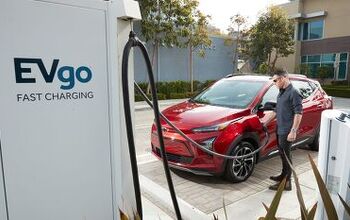
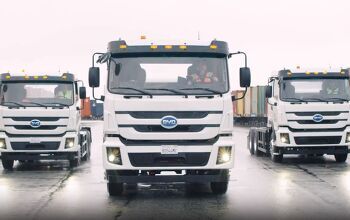
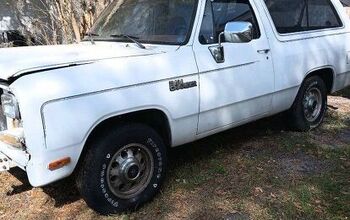
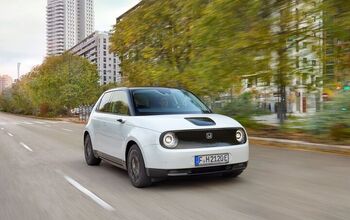

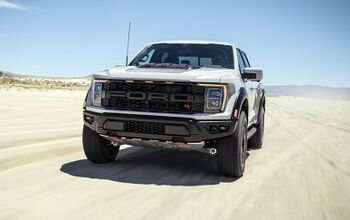
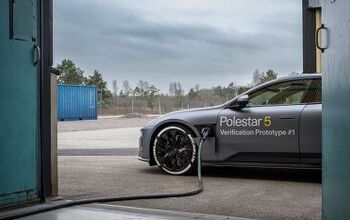

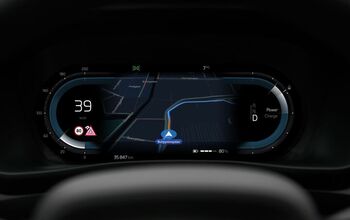
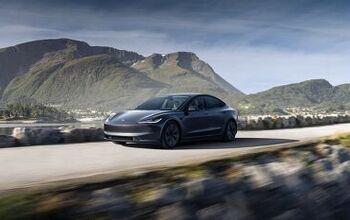
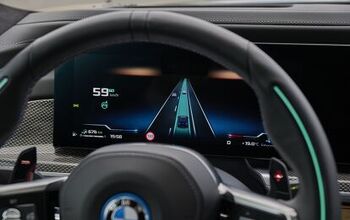

Comments
Join the conversation